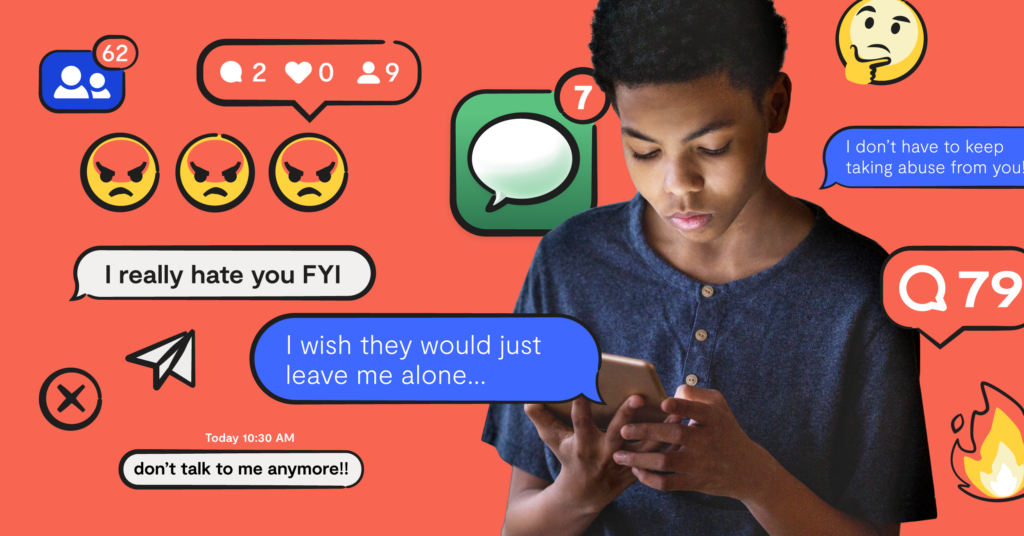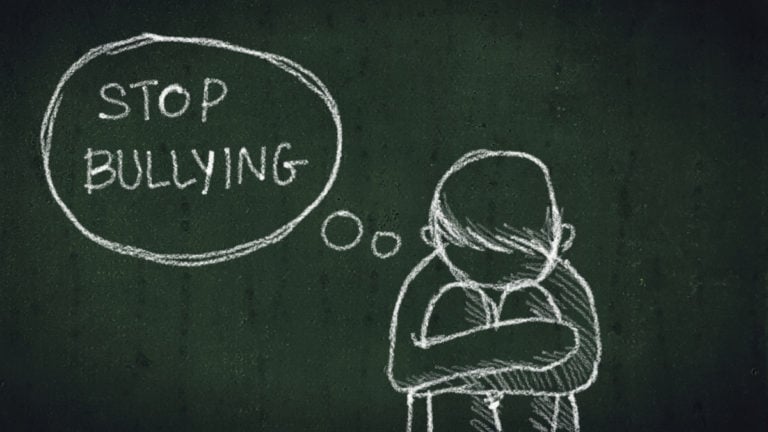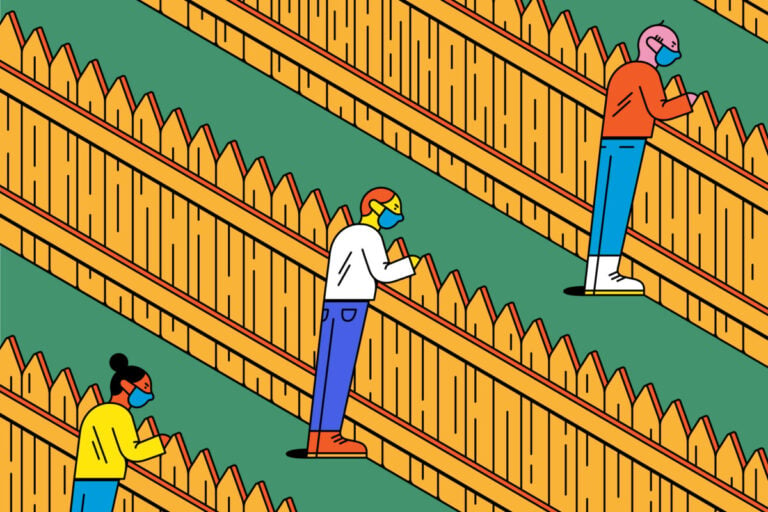In the digital age, when most people spend countless hours on the Internet, the concept of cyberbullying is becoming increasingly common.
- Definition of cyberbullying: main aspects
- The difference between criticism and cyberbullying on the Internet
- Types of cyberbullying
- 5 Ways to Recognize Cyberbullying
- Ways to protect yourself from cyberbullying
- Tips for Internet users
- Victims of cyberbullying: how to react, how to help, where to find support?
The virtual world, although full of opportunities, also carries many risks. One of them is cyberbullying, which affects people of all ages, genders and backgrounds. Today, when the boundaries between reality and the virtual world are becoming increasingly blurred, it is important to know what you can encounter on the Internet and what consequences this can have on your life.
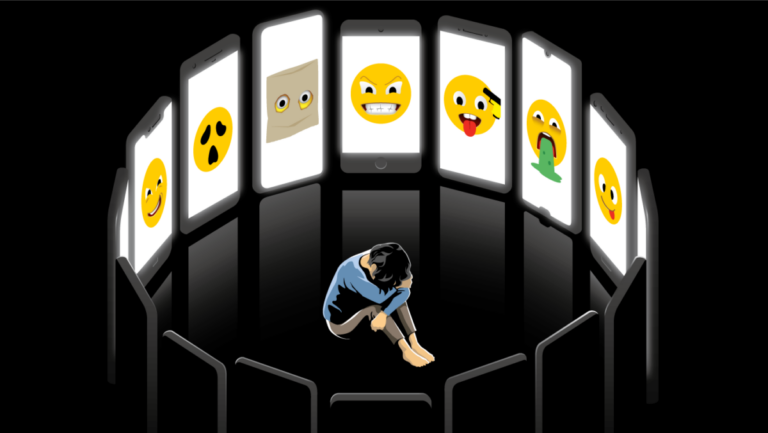
Unlike traditional violence, cyberbullying can affect the victim 24 hours a day, 7 days a week. Thanks to technology, the criminal has the ability to reach the victim, no matter where she is. As a result, victims often feel trapped and unprotected even in their own home.
However, although cyberbullying may seem like an abstract phenomenon, its consequences are very real. It can lead to emotional problems such as anxiety, depression and even suicidal thoughts. This is why it is so important to be aware of this threat and be able to defend against it.
In a world where technology has become an integral part of everyday life, the concept of cyberbullying has become increasingly important. Virtual reality, which is often perceived as an escape from everyday problems, can become a place where violence takes on a new, more insidious dimension.
Cyberbullying is not just a technological or virtual problem. This is a social problem that has a real impact on people’s lives. For many victims, cyberbullying can cause deep emotional wounds, feelings of isolation and fear. In an era when most people are almost constantly online, the possibility of being attacked in the virtual world becomes just as real as in the real one.
Unlike traditional forms of violence, cyberbullying can be more invasive and difficult to detect. Criminals often operate in secret, taking advantage of the anonymity of the Internet, which makes victims feel even more helpless.
Why is it necessary to pay so much attention to this topic? Because ignoring online abuse can have serious consequences for the mental health of victims. Many people, especially young people who are cyberbullied, struggle with issues such as depression, anxiety, or low self-esteem.
Understanding the importance of cyberbullying is key to creating a safe online space. This is not only a matter of technology, but also, more importantly, humanity and empathy.
Definition of cyberbullying: main aspects
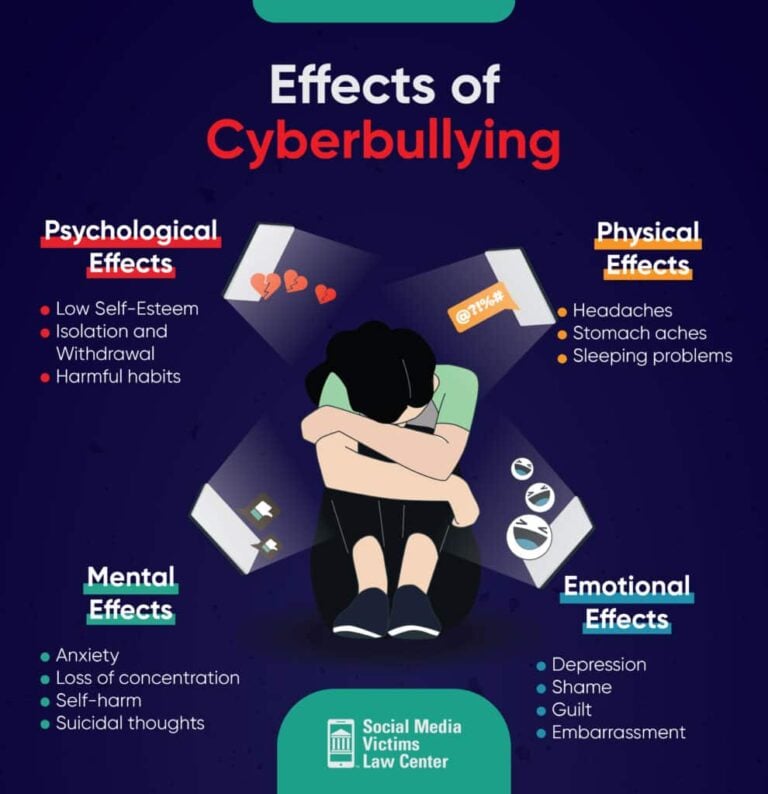
- Anonymity. One of the key aspects of online bullying is that the perpetrator can remain anonymous. As a result, criminals often feel a sense of impunity, which can exacerbate their actions.
- Ubiquity. Unlike traditional violence, cyberbullying can affect the victim anywhere and at any time. Thanks to smartphones and tablets, victims are exposed to attacks almost around the clock.
- Variety of shapes. Online bullying can take many forms, from insults in comments, spreading false information, to criminal threats. Any of these forms can have serious consequences for the victim’s mental health.
- Impact on the victim. Cyberbullying can lead to a number of negative consequences, such as decreased self-esteem, anxiety, depression, or even suicidal thoughts.
- Wide distribution. Cyberbullying knows no geographical boundaries. A criminal from one country can attack a victim located on the other side of the world.
- Manipulation and deception. Cyberbullying can also involve manipulating a victim to extort information or money. Example: Impersonating a friend and asking for money under false pretenses.
- Cyberstalking. Constant harassment of the victim on the Internet, which can develop into a real threat in the physical world. Example: a criminal regularly comments on the victim’s posts, sends her unwanted messages, and then begins to stalk the victim offline.
- Distribution of confidential materials. Sharing private photographs, videos or information without the subject’s consent. Example: distributing compromising photographs of an ex-partner as revenge.
- Fake accounts and impersonation. Creating accounts on social networks under a false name in order to denigrate the victim. Example: creating a fake profile on social networks and posting offensive materials on behalf of the victim.
Understanding the variety of forms in which cyberbullying can manifest itself is key to recognizing and countering it. Knowing this allows you not only to protect yourself, but also to support other people who may become victims of similar actions.
The difference between criticism and cyberbullying on the Internet
The Internet has become a place where people share their opinions, thoughts and feelings. However, not all comments are constructive. The question often arises: where to draw the line between criticism and cyberbullying?

- Criticism on the Internet. Online criticism, when constructive and aimed at pointing out certain mistakes or shortcomings, is a form of communication that can be useful and valuable if presented correctly.
- Cyberbullying. Unlike criticism, cyberbullying aims to harm, humiliate, or intimidate another person. This is a deliberate action intended to cause harm.
The key difference between criticism and cyberbullying is intent. While constructive criticism aims to help and improve, online abuse aims to cause harm. In addition, online harassment is often systematic and ongoing, while criticism is usually a one-time event.
Types of cyberbullying
Verbal cyberbullying
It is a form of aggression that involves using words to harm, humiliate or intimidate the victim. This can be either written or oral (for example, through voice chat in online games). Examples include offensive comments, threats, ridicule or harassment. Often victims of such violence feel humiliated and intimidated, which can lead to low self-esteem and mental health problems.
Visual cyberbullying
This form of abuse involves the use of images, photographs or videos to harm the victim. This may include distributing incriminating images without the target’s consent, creating fake memes or photo montages. The visual nature of such violence means that its consequences are often more severe as images are easily shared online.
Although both forms of cyberbullying are harmful, it is important to know their differences and be able to recognize them. Knowing this allows you not only to protect yourself, but also to support other people who may become victims of similar actions.
5 Ways to Recognize Cyberbullying
Cyberbullying can take many forms and its consequences can be severe. This is why it is so important to know what warning signs to look out for and how to respond to them.
- A sharp increase in the number of negative comments. If you notice that a lot of negative, offensive or aggressive comments suddenly appear under messages on social networks, this may be a signal of cyberbullying.
- Receiving unwanted, aggressive or threatening messages from strangers or under false names is another warning sign.
- Fake accounts and imposture. If someone creates fake accounts in someone else’s name or impersonates someone else by posting offensive material, this is a clear sign of cyberbullying.
- Distribution of confidential information. If a person’s private photos, messages or data are being shared online without their consent, this is a serious warning sign.
- Cyber stalking. If someone constantly follows a certain person’s online activities, comments on his every post, and shows an excessive interest in his life, this could be a form of cyberstalking.

Ways to protect yourself from cyberbullying
- Filters and blockers. Many social media platforms offer tools to filter and block inappropriate users or content. This way, you can effectively limit access to your profile to those who demonstrate aggressive behavior.
- Monitoring applications. There are special applications that monitor Internet activity and look for potentially harmful content or comments. Such tools can be especially useful for parents who want to protect their children from cyberbullying.
- Communication and reporting. Almost every social media platform has a feature to report inappropriate content. If someone has become a victim of online bullying, do not hesitate to report it to site administrators.
- Online educational platforms. There are websites and educational platforms that offer courses and materials on recognizing and preventing cyberbullying. Knowledge is power, and educating yourself in this area can help you identify risks.
- Public support. Many organizations and support groups offer help to those affected by cyberbullying. Sharing experiences and support from other people can be invaluable in combating this phenomenon.
Recognizing that cyberbullying occurs is one thing, but having the necessary tools to identify and counter it is key to protecting yourself and others.
Tips for Internet users
- Be careful with information: You should think twice before publishing something on the Internet. Don’t give out too much personal information, such as your home address, place of work, or family information.
- Use strong passwords. It’s important to regularly update passwords for your online accounts and keep them complex. You should avoid using the same passwords across different services.
- Is critical of strangers on the Internet. Not all people on the Internet are who they say they are. You need to be careful when making new friends online and not give too much information to people you don’t know personally.
- Use privacy settings. Most social networks offer various privacy settings. It is worth reviewing and adjusting them regularly to protect your data and content from unwanted parties.
- Educate yourself and others. It’s helpful to learn about the latest cyberbullying threats and how to protect yourself from them. You can share this knowledge with family and friends to create a safe online environment together.
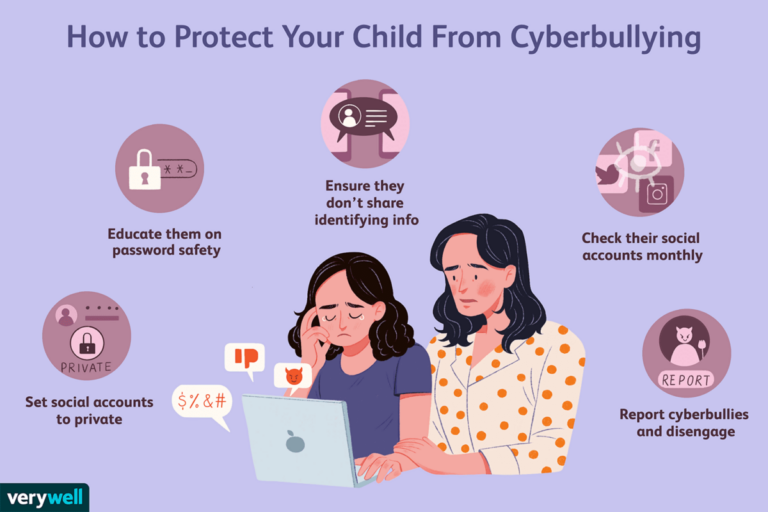
In a world where children and teenagers spend more and more time online, cyberbullying education is not only important, but necessary. Educating younger generations about digital awareness and online responsibility is key to creating a safe environment for all internet users.
Learning how to protect yourself from online bullying should start at an early age. Children who learn how to use the Internet safely from an early age are better prepared to deal with potential threats in the future. It is important to tell them what cyberbullying is, what forms it can take, and what consequences it has.
Parents also play a key role in educating their children about cyberbullying. They are the first teachers and educators who can influence how their children use the Internet. It is therefore important that they are aware of the risks and can pass this knowledge on to their children.
Victims of cyberbullying: how to react, how to help, where to find support?
Cyberbullying has real and severe consequences for victims. Those affected may feel lonely, scared and depressed. This is why it is so important to know how to help someone who has become a victim of cyberbullying and where to find support.
First steps after identifying cyberbullying
Report cyberbullying
- If it is known that someone is being cyberbullied, the first step is to understand and acknowledge the problem. Don’t downplay the victim’s experiences.
- The victim should then be encouraged to report the incident to the appropriate services or online platforms where the attack occurred. Many social networking sites have mechanisms for reporting inappropriate content or behavior, which can help block the offender.
- If someone who has been harassed online feels threatened, they should contact local law enforcement. They can provide support and advise what steps to take in a given situation.

Support the victim in seeking professional help
- There are organizations and support groups that specialize in helping victims of cyberbullying. They can offer both psychological support and practical advice on online safety.
- Victims of cyberbullying often feel guilty and ashamed about what happened. This is why it is so important to treat them with compassion and understanding. It is important to show them that they are not alone and that there are people and organizations ready to help them.
Organizations and initiatives helping victims of cyberbullying
Online bullying, although often invisible to many, leaves lasting scars on the psyche of victims. In the face of such a phenomenon, community support and understanding are critical. Luckily, there are organizations and initiatives that help those who have experienced cyberbullying.
Internet initiatives
There are websites and platforms that focus on education and support for victims. They often offer tools for anonymous incident reporting and access to specialists.
Support groups
Communities where victims can share their experiences while learning how to cope with trauma and rebuild their lives.
Legal consultation
Organizations that offer free legal advice to victims, helping them understand their rights and options in the face of cyberbullying.
Educational programs
Courses and workshops aimed at young people, parents and teachers, aimed at teaching online safety and recognizing the symptoms of cyberbullying.
